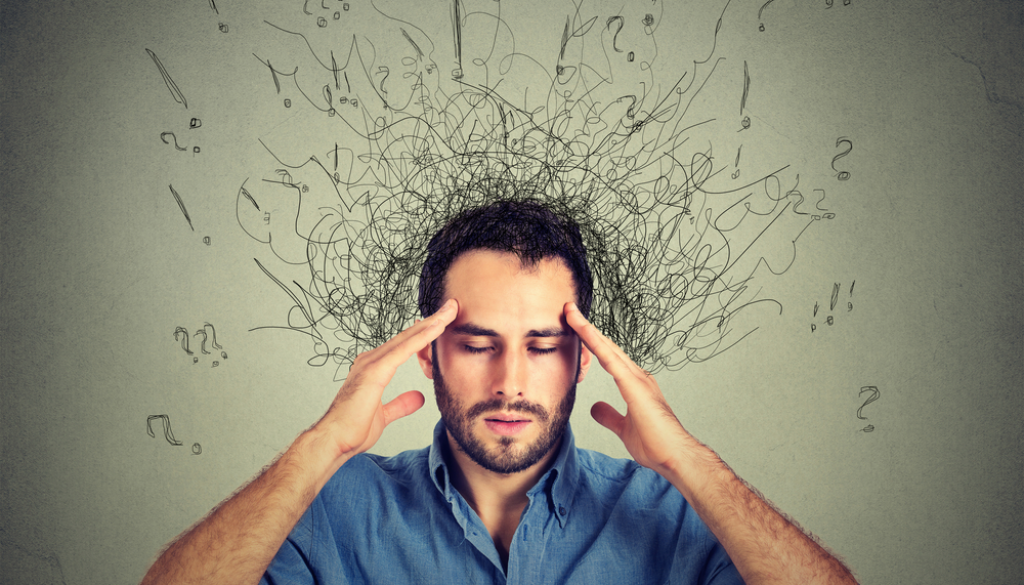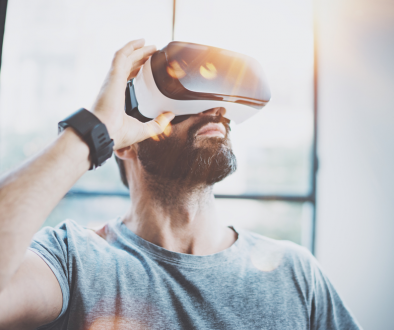Those in treatment for substance use disorder can often experience anxiety and phobias. Mild to severely debilitating stress and anxiety affect approximately 40 million Americans and specific phobias affect 19 million Americans. Some of the most prevalent phobias include social phobia, agoraphobia and specific phobias that can include fears of flying, heights, blood, public speaking, storms and many others.
While severe disorders may still require traditional medication-assisted treatments, recent studies have found that telemedicine services are a useful form of or component of treatment for many of the underlying and co-occurring problems that come with substance use, abuse and dependence such as anxiety disorders and phobias.
Need For Accessible Treatment
Lack of awareness and access to quality specialized mental health and substance use treatment services remains a major problem in America. The Substance Abuse and Mental Health Services Administration (SAMHSA) has reported that approximately 21.5 million Americans aged 12 or older had a substance use disorder in 2014. Of those, 17 million had an alcohol use disorder, 7.1 million had an illicit drug use disorder, and 2.6 million had a co-occurring alcohol use and an illicit drug use disorder. SAMHSA also found that approximately 43.6 million adults had any mental illness and 9.8 million adults had a serious mental illness.
Many people do not seek help because of stigmas related to addiction and mental illness, the time commitment, the monetary cost, fear of not getting the help they ask for, and denial that there is a problem at all. In a 2015 report, SAMHSA found:
- Approximately 89.8% of Americans aged 12 or older did not receive treatment for alcohol use and did not perceive a need for treatment.
- Approximately 2.5% of Americans aged 12 or older did not receive treatment for alcohol use despite the perceived need for treatment.
- Approximately 79.9% of Americans aged 12 or older did not receive treatment for illicit drug use and did not perceive a need for treatment.
- Approximately 5.6% of Americans aged 12 or older did not receive treatment for illicit drug use despite the perceived need for treatment.
- Approximately 58.8% of Americans aged 12 to 17 did not receive treatment of a major depressive episode.
- Approximately 31.5 percent of Americans aged 18 or older did not receive mental health treatment or counseling.
In addition to the stress, time and money required to access and utilize traditional healthcare, many healthcare professionals, especially family physicians, lack the training and comprehensive services required to adequately meet the complex needs of every American family or individual with co-occurring substance abuse problems and mental health problems.
How Telemedicine Can Treat Anxiety Disorders and Phobias
Telemedicine is an affordable, convenient, and easy to use, health care service that utilizes real-time, secure, HIPAA-compliant data, voice, video and media services to provide clinical information and counseling, medical consultation, diagnosis, intervention and treatment, as well as a level of psychological and emotional interaction that might not otherwise be available due to monetary, geographical and even physical or emotional factors.
This can be especially beneficial for those in treatment with underlying or co-occurring anxiety who may face emotional barriers that make it difficult to comply with their health care plan and intentions.
Traditional mental health treatments for anxiety disorder, panic disorder, phobias, PTSD and obsessive-compulsive disorder (OCD) generally utilize cognitive behavioral therapy (CBT) and exposure therapy (ET) in face-to-face sessions. Telemedicine treatments can achieve the same experience through virtual reality, a three-dimensional, computer-generated simulation of an object or an environment that one can interact with using their senses.
Under careful supervision, exposure therapy is a technique meant to help change the thinking and behaviors toward general or specific objects, places or situations. In a telemedical session, the healthcare provider will use the virtual reality technology to mimic the anxiety inducing stimuli through video and audio. The healthcare provider will guide the patient through their experience, helping them recognize, analyze, and understand their emotions in relation to the stimuli.
In addition to helping patients face their fears, telemedical virtual reality can even utilize unique meditative media to promote peace, clarity, calm, and overall general wellbeing. Examples include guided breathing exercises, yoga, and even meditative games where one can simply sit and become immersed in exploring a beautiful virtual world.
Instead of a lifestyle consumed and ruled by substance dependence, individuals will have the opportunity to develop personalized coping skill and mindfulness techniques. Meditation and stress relief are vital for those in treatment for substance dependence and mental health issues to learn how to manage their symptoms.





